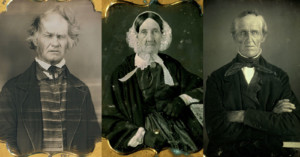
These Elderly New Yorkers Were First Generation to Ever Be Photographed
These amazing photographs of elderly New Yorkers are believed to be some of the earliest people ever photographed -- many of them were born in the 1700s.

These amazing photographs of elderly New Yorkers are believed to be some of the earliest people ever photographed -- many of them were born in the 1700s.
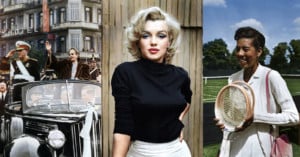
Digital colorist Marina Amaral can spend anywhere from three hours to three weeks breathing new life into old black and white photographs.
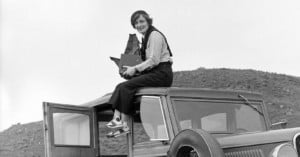
Dorothea Lange was an American documentary photographer who is best known for Migrant Mother, an iconic photo of the Great Depression. Her work helped Americans see the devastating effects of the depression on rural America, and Lange is now celebrated as a pioneer in the field of documentary photography.
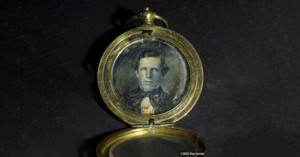
A photograph of Joseph Smith, the founder of Mormonism and the Latter Day Saint movement, has been discovered in a locket belonging to his great-great-grandson. It is the only known photo that exists of the American prophet.

A medieval shipwreck found off the coast of southern England has been declared the country's oldest ever.

July 20, International Moon Day, marked the 53rd anniversary of the Apollo 11 Moon landing. To celebrate, NASA released a video that revisits the mission's landing point on the Moon to reveal the astronaut's tracks are still there after all this time.
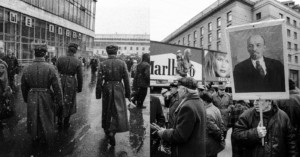
Australian photographer Dean Sewell spent 15 months in Russia after the breakup of the former USSR. When Russia invaded Ukraine, he was suddenly reminded that he still had more than two dozen undeveloped B&W film rolls from 1996 to 1997.
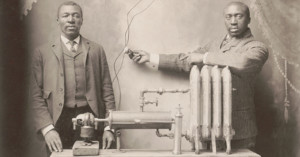
Getty Images will allow access to 30,000 rarely seen images of the Black diaspora in the United Kingdom and the United States that date back to the 19th century.
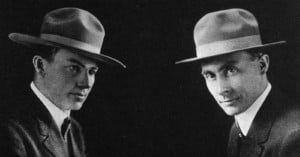
Few people had visited the Grand Canyon of Arizona before the turn of the 20th century. The journey was long and difficult due to the rugged and remote location.
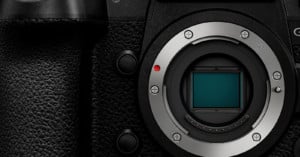
Micro Four Thirds had a lot going for it when it launched as it promised low cost, smaller lenses, and good image quality. So why didn't it become the go-to format?
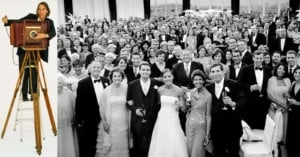
Terry Gruber is probably one of the last portrait photographers in the United States to still use a 100-year-old, 12x20-inch banquet camera for its original purpose: capturing large groups in formal occasions.
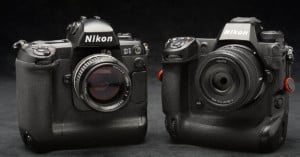
When I received my Nikon Z9 in late December 2021, I was a bit anxious. Would it live up to the hype? Was it going to be the camera that Nikon had promised (and many Nikon users had been waiting for)?
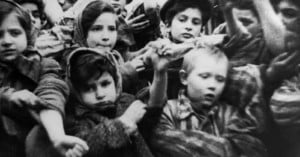
An engineer has created software that uses artificial intelligence (AI) to identify anonymous Holocaust victims in World War II photos.
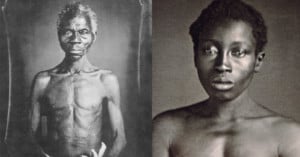
A court has ruled that Harvard University can be sued over a series of photographs that depict enslaved people by a woman who is a descendent of the subjects.
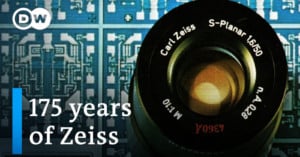
The Zeiss company branding is synonymous with the field of photography today, but that’s not where Carl Zeiss started. In this 25-minute video, DW Documentary goes through the company's incredible history.
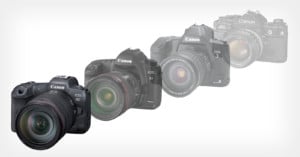
Many of us who have been around since the transition from film to digital have been the beneficiaries of innovations in camera technology. It's been around two decades of growth in the right direction. While some companies have seen setbacks in the megapixel race, others have contributed more than their fair share of new advancements.
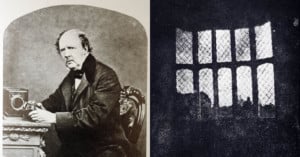
William Henry Fox Talbot was on his honeymoon at Lake Como in northern Italy in 1833. He was trying to sketch the beautiful lake and the surrounding scenery but was becoming increasingly frustrated with his lack of drawing skills. He used a camera lucida and a camera obscura, two devices that use lenses to project an image onto a piece of paper to aid in drawing, but he didn’t find either one very satisfactory.
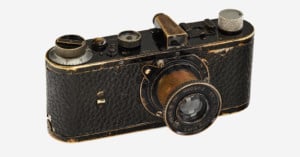
The 40th Leitz Photographica Auction has concluded with the sale of the most expensive camera ever. Oskar Barnak's Leica 0-Series No. 105 sold for nearly five times the highest estimation: over $15 million.
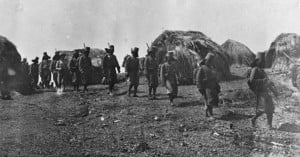
A war in Europe instantly creates parallels with the world wars for people in the UK and other European countries. This connection represents what most people know and are taught about conflict on the continent.
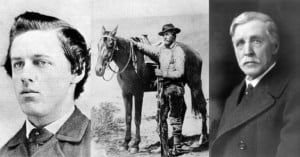
The story of the American West is filled with many characters and large personalities. How the West was won or lost, depending on which side you were on, can be told through the lives of many people. Not all were cowboys, outlaws, gamblers, or lawmen like are often portrayed in the movies and novels; some were photographers. One of the photographers whose story looms large is William Henry Jackson.
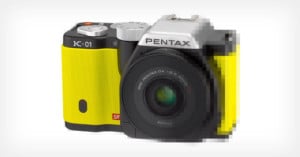
Over the last decade, mirrorless camera technology has evolved to the point that it's now a welcome technology for many photographers and filmmakers. Although, along the way, it's not been an easy ride for the big mirrorless camera brands. User sentiment, Japanese earthquakes, the pandemic, and newer technology adoption have all taken their toll, leading to spot fires in the manufacturing process and camera uptake.
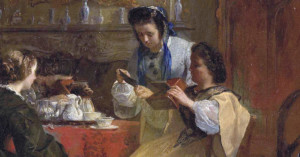
Virtual reality, or VR, is not a new thing. The idea that our left eye and right eye see the same thing from slightly different angles and that our brains combine these two distinct images in such a way that we can see in three dimensions has existed since at least the early 19th century. It was first demonstrated by Sir Charles Wheatstone in 1838.
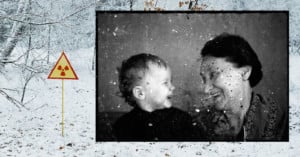
Ukrainian photographer Maxim Dondyuk has been collecting and archiving photos and negatives that he has found in the Chernobyl exclusion area for the last six years. He has rescued around 15,000 artifacts, which include films, photos, postcards, and letters, but with the Russian invasion of Ukraine, he has been forced to put his Untitled Project from Chernobyl on hold.
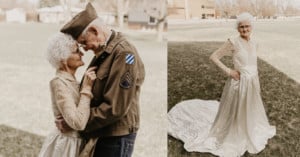
To commemorate her grandparents' 70th wedding anniversary, photographer Anna Behning's grandmother pulled out her original 1952 bridal gown for a photoshoot that will be cherished by the family for years.
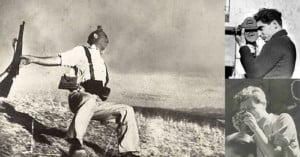
The Falling Soldier is one of the most famous war photos ever made, but questions have swirled for many years regarding its authenticity as evidence that it was staged has piled up. In my own research into the photo, however, a new question came up: the photo is attributed to renowned war photographer Robert Capa, but could it actually have been captured by his partner, Gerda Taro?
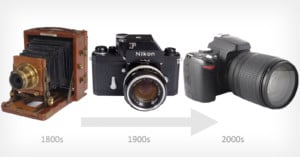
After being invented in the early 1800s, photography and cameras have gone through three major eras: the plate era, the film era, and the current digital era. This article is a brief history of photography through the lens of these eras.
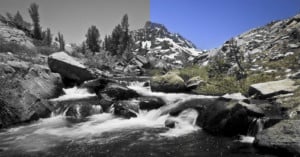
The day after photography was invented in 1839, somebody pointed out that the photographs were just shades of gray – there was no color. The photography inventors knew this was a problem and probably hoped that no one would notice. Paintings were in vivid color and if photography was ever to compete with painting, there needed to be some color in them.

It's been just over four decades since autofocus 35mm cameras have become a reality. In 1987, Canon had just released their first autofocus 35mm film camera called the EOS 650, with the EF lens mount and lightning-fast autofocus. It was a bold new design that many thought would fail, but the EOS and its successors changed the game for 35mm photography, dominating the industry.
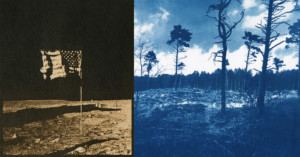
Photographer Lewis Bush has put the dark history of space research under the microscope, revisiting key sites in the history of rocketry and documenting them with the cyanotype process.

Rare footage of the late and legendary American singer-songwriter Prince giving a news interview as a then-unknown 11-year-old child has been discovered in the archives of a Minnesota news station.

Leica has announced the return of the Leitz Photographica Auction, the world's largest auction of historic cameras that will be held for the 40th time and celebrate its 20th anniversary, with a special piece this year -- the Leica 0-Series No. 105, produced in 1923 and owned by Leica inventor Oskar Barnack himself.

107 years after it sank off the coast of Antarctica, Sir Ernest Shackleton's ship the HMS Endurance has been found in remarkably good condition, as new photos and 4K video shows.
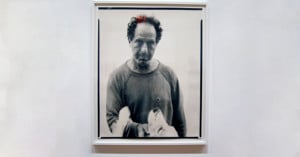
Photographers are often viewed with suspicion by police, and there are regular headlines about people being harassed and detained for simply shooting photos. However, being stopped by police for this type of "suspicious" behavior is not an issue unique to the digital age. Renowned photographer Robert Frank was even jailed for three days while driving through Arkansas in 1955 as he shot his famous photo book The Americans.
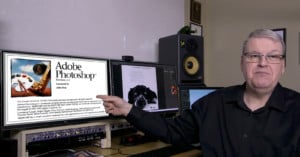
Adobe Photoshop has been around for so long that it has become the international standard for photo editing and is even used as a generic verb for any type of photo edit. But, like all great things, it took a long while for it to reach its current state.
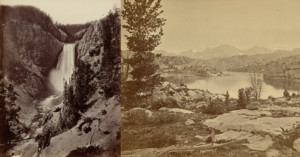
In an interview conducted in 1941 that has been recently restored, photographer William Henry Jackson discusses his experiences roaming the wild west as he performed his job as a photographer and surveyor.
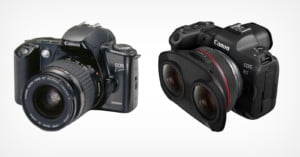
Next month, in March 2022, Canon will celebrate the 35th anniversary of the launch of the company’s EOS System, which includes popular SLR, DSLR, and mirrorless cameras as well as a diverse range of accessories such as EF and RF lenses.

Cased daguerreotypes are among the oldest photographic images in Australian gallery, library, and museum collections.
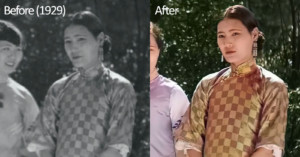
Using an open-source AI-colorization technique, Glamourdaze has restored early 20th-century footage to add color and relatability allowing viewers to travel back in time and look at hundred-year-old clips through a modern perspective.
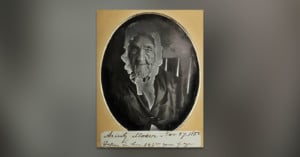
This photo is of a woman known as "Aunty Moser," who was possibly 102 years old when she sat for a daguerreotype portrait in 1852, making her one of the earliest-born people to be photographed.
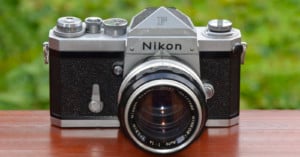
As an art form and a technology, photography’s youth is only matched by its blisteringly rapid advancement. This creates something of a paradox for us as enthusiasts and professionals, where the history of the medium we so love can feel both short and overstuffed. Neither condition is conducive to any one camera gaining, let alone maintaining, a sense of permanence or constancy.